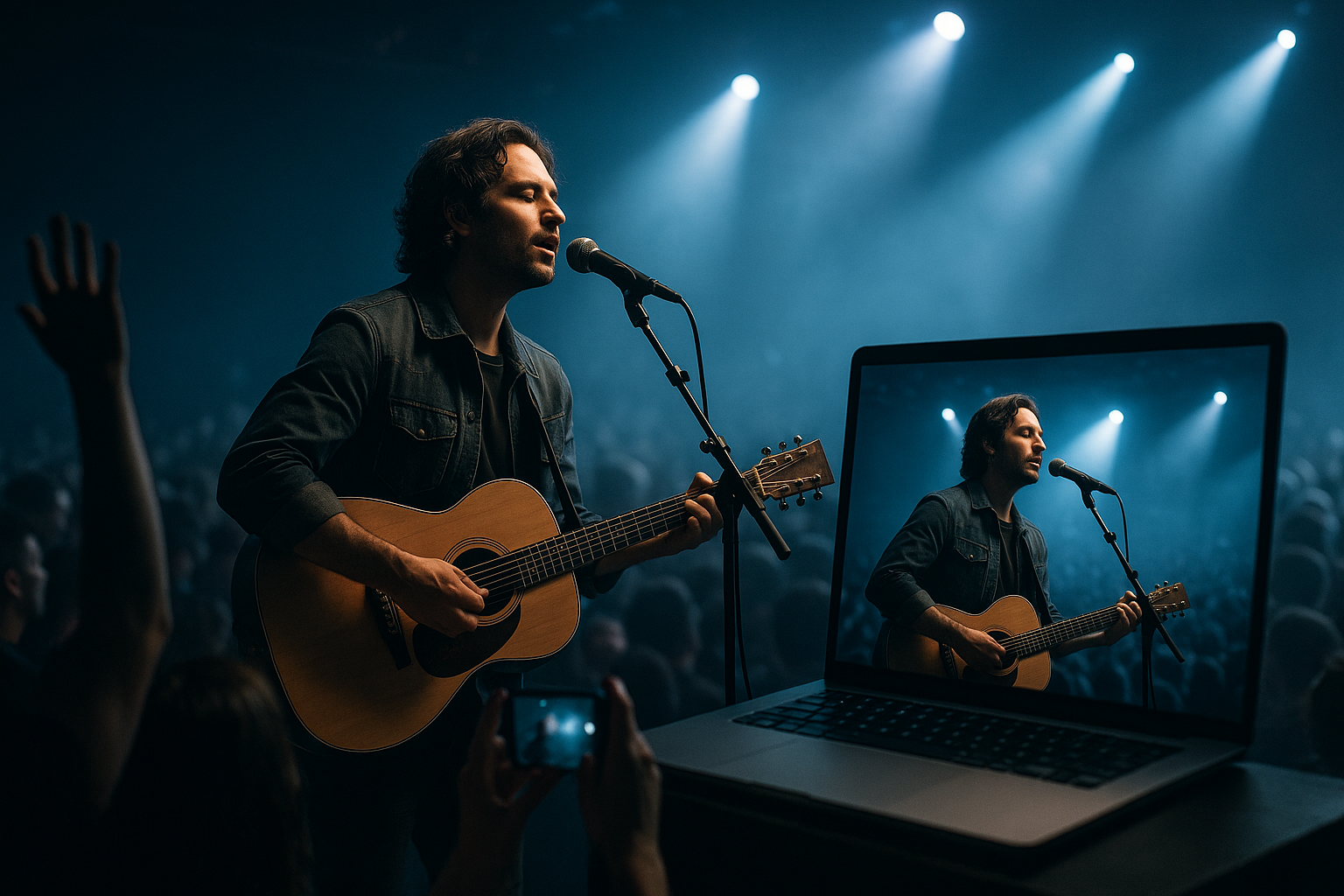Accessibility-First Strategies for Inclusive Programming
Placing accessibility at the center of arts and entertainment programming ensures events and productions are equitable and engaging for diverse audiences. This article outlines practical strategies—from accessible design and hybrid delivery to localization and analytics—that help creators, curators, and producers build inclusive experiences without sacrificing quality or creative ambition.

Creating programming that prioritizes accessibility is both an ethical responsibility and a practical way to expand reach and relevance. Beginning with inclusive planning rather than retrofitting accessibility can reduce costs and foster deeper audience engagement. This article breaks down actionable strategies across production, distribution, and measurement, offering a framework that can be applied by venues, touring companies, digital producers, and festivals worldwide.
accessibility: What does accessibility-first mean?
Accessibility-first means designing experiences with diverse needs in mind from the outset. That includes physical access, sensory accommodations, cognitive supports, and clear communication practices. For live events, this might involve step-free routes, priority seating, captioning options, tactile signage, and quiet spaces. For digital and streamed work, it includes captions, audio descriptions, semantic markup, and keyboard navigability. Framing accessibility as a creative constraint rather than an afterthought helps teams imagine new modes of storytelling that broaden participation and invite new perspectives.
hybrid: How can hybrid models improve inclusivity?
Hybrid programming blends in-person and virtual participation to meet varied needs and preferences. A well-planned hybrid event offers parallel experiences: accessible venue facilities and virtual access layers like high-quality livestreams, captions, and chat moderation. Scheduling options and flexible ticketing—such as single-session passes or pay-what-you-can tiers—help reduce economic barriers. Hybrid approaches also enable accessibility testing across environments, highlight gaps in both physical and digital access, and create redundancy so audiences can choose the format that works best for them.
livestreaming: How to design inclusive livestreams?
Inclusive livestreams require attention to audio quality, real-time captioning, clear visual framing, and moderation practices that protect vulnerable participants. Use trained captioners or high-quality automated captioning with human review, provide sign language interpretation when possible, and offer multiple streaming bitrates so viewers with slower connections can still join. Provide concise show notes and timestamps, and ensure the platform supports keyboard navigation and screen readers. Testing streams with representatives of different accessibility needs before public launch is essential for catching oversights.
localization: How does localization support diverse audiences?
Localization goes beyond translation: it adapts content, accessibility features, and cultural references to local contexts. This includes multilingual captions, translated program notes, culturally relevant imagery, and accessible formats tailored to regional assistive technologies. Collaborate with local disability organizations, translators, and cultural mediators to ensure materials resonate and remain navigable. For touring programs, plan localized accessibility logistics—such as local sign-language interpreters or regional captioning services—to keep standards consistent across locations.
analytics: Which metrics demonstrate accessibility impact?
Use analytics to measure reach, engagement, and barriers. Track quantitative metrics like attendance by format (in-person vs. virtual), caption usage rates, completion rates for livestreams, and repeat attendance. Combine these with qualitative feedback from surveys, focus groups, and accessibility audits. Metrics should include accessibility-specific indicators—e.g., number of audio description requests fulfilled, average response time to accessibility inquiries, and device/browser compatibility data. Regularly review metrics to identify patterns and prioritize interventions that yield measurable inclusion gains.
immersion: Can immersive tech increase inclusion?
Immersive technologies—augmented reality, virtual production, and 360-degree experiences—offer new accessibility possibilities when designed thoughtfully. AR overlays can provide on-demand captions or translations; virtual production can simulate environments with tailored sensory settings; and VR can offer a controlled, customizable experience for users with mobility constraints. To be inclusive, immersive projects must incorporate accessible hardware and software options, alternative formats for those who cannot use specific devices, and clear content warnings. Partnering with accessibility specialists during development mitigates the risk of exclusion.
Inclusive programming is an ongoing practice that requires cross-disciplinary collaboration, iteration, and humility. By embedding accessibility into curation, production, distribution, and measurement, organizations can create richer experiences that welcome broader audiences. Long-term commitment to accessible design yields not only ethical benefits but also stronger community ties, improved audience metrics, and creative innovation that benefits all participants.





